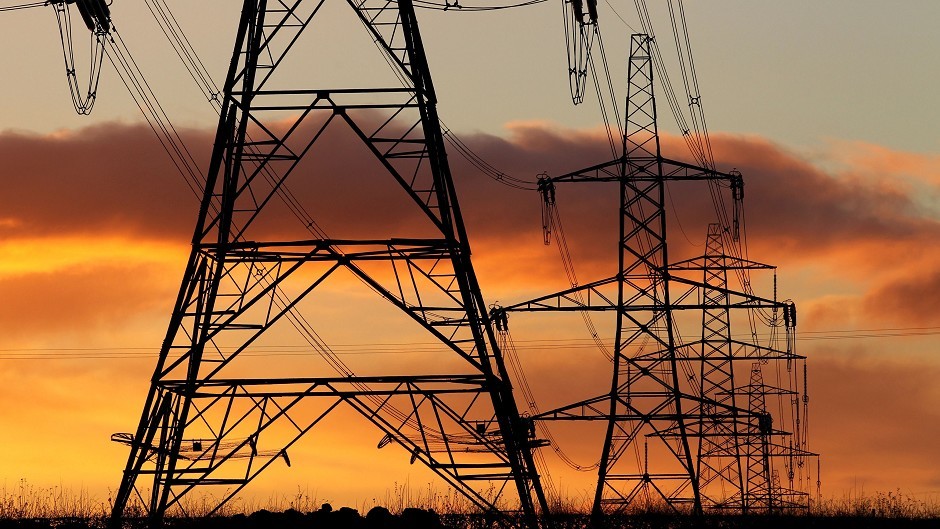Families in northern Scotland have endured the “injustice” of being hit with the highest electricity bills in Britain for a fourth consecutive year, it has been confirmed.
Official data shows that the north and north-east topped a chart of 15 areas of the UK in 2015, 2016, 2017 and 2018.
Consumers in the northern regions also had the most costly bills in 2013, the first year the UK Government figures were recorded under the method, and was second highest after Northern Ireland in 2014.
Average annual bills in the area – which includes Grampian and the Highlands and islands – hit £718 last year when measured on consumption of 3,800kWh.
It compared to £665 in southern Scotland and a UK average of £672 , although south-west England was almost as high as northern Scotland, at £717 a year.
Last night, the figures led to renewed demands for action to end the postcode lottery system that penalises on the basis of geography.
Orkney MSP Liam McArthur, energy spokesman for the Scottish Liberal Democrats, said: “The Highlands and islands make an enormous contribution to producing the energy that Scotland needs.
“Yet people who live here pay more than anywhere else, despite having some of the highest levels of fuel poverty.
“We need to see costs shared across the country. Both of Scotland’s governments need to work together to tackle this injustice.”
Politicians and campaigners in the area have long called for the end of a regional pricing system for electricity distribution, which accounts for around a fifth of a bill.
It has been branded a “surcharge” by many who believe a flat rate should apply.
In July, the UK Government announced a new initiative that could cut power bills in northern Scotland by an average of £17 a year.
A looming upgrade of Shetland’s electricity network would have meant even higher prices in the area, with northern Scotland consumers having previously funded such work alone.
Because of the costs, the Westminster government has instead suggested that Shetland’s infrastructure will be financed by bill-payers across Britain in the future.
But some have argued that the plan is insufficient, and that all distribution costs should be shared across the UK, not just for Shetland.
Aberdeen Central SNP MSP Kevin Stewart said: “It’s wrong that some areas are charged more for the basic cost of electricity.
“But sadly the UK Government retains control over energy prices – this is one of many reasons why Scotland must have the full powers of an independent country.”
